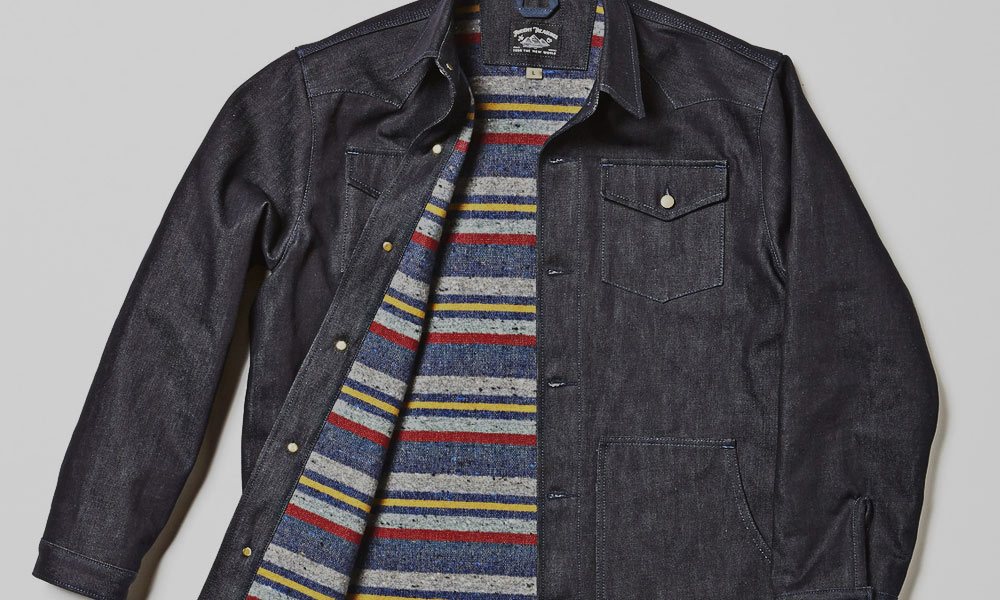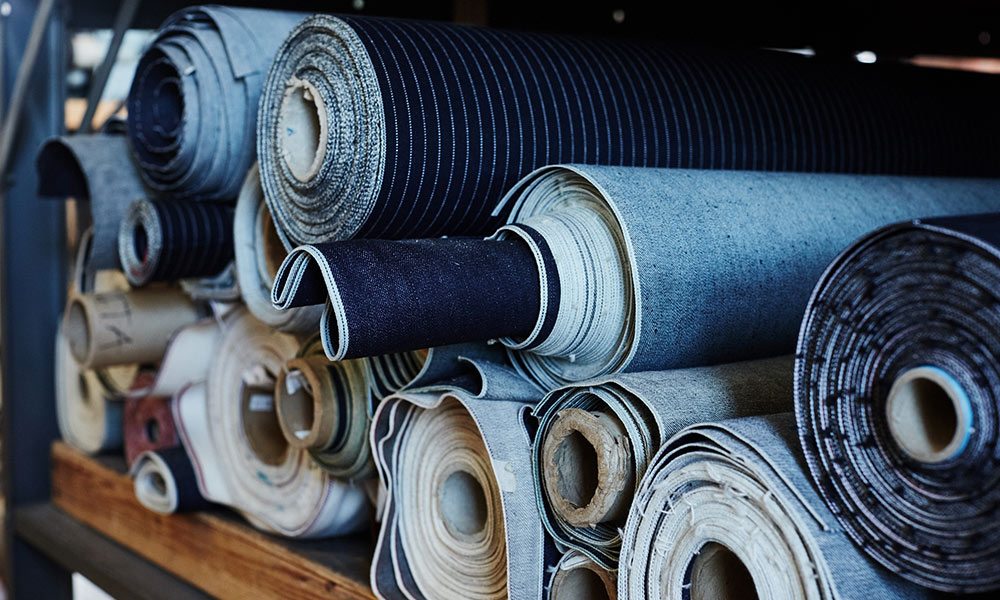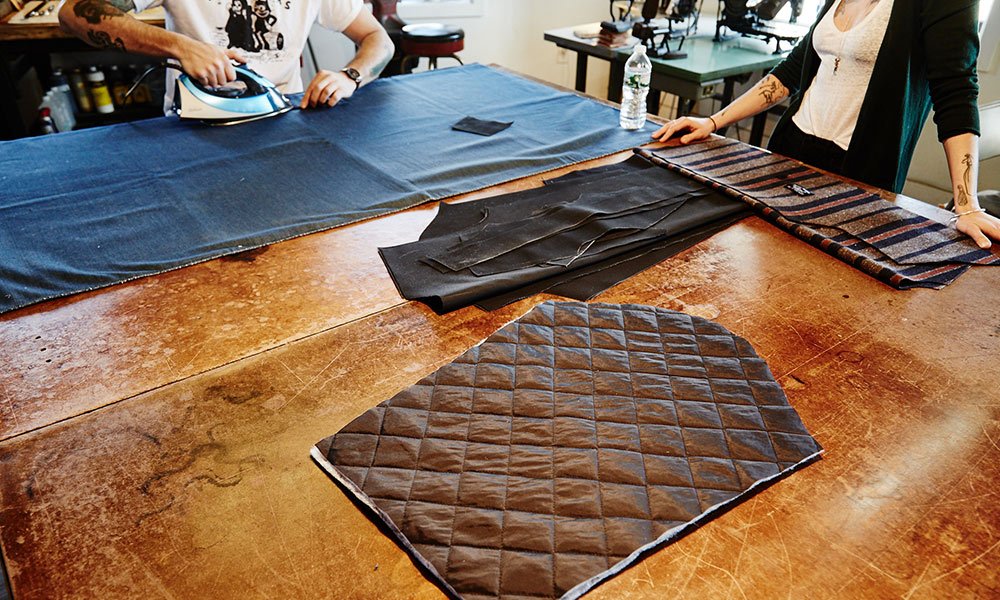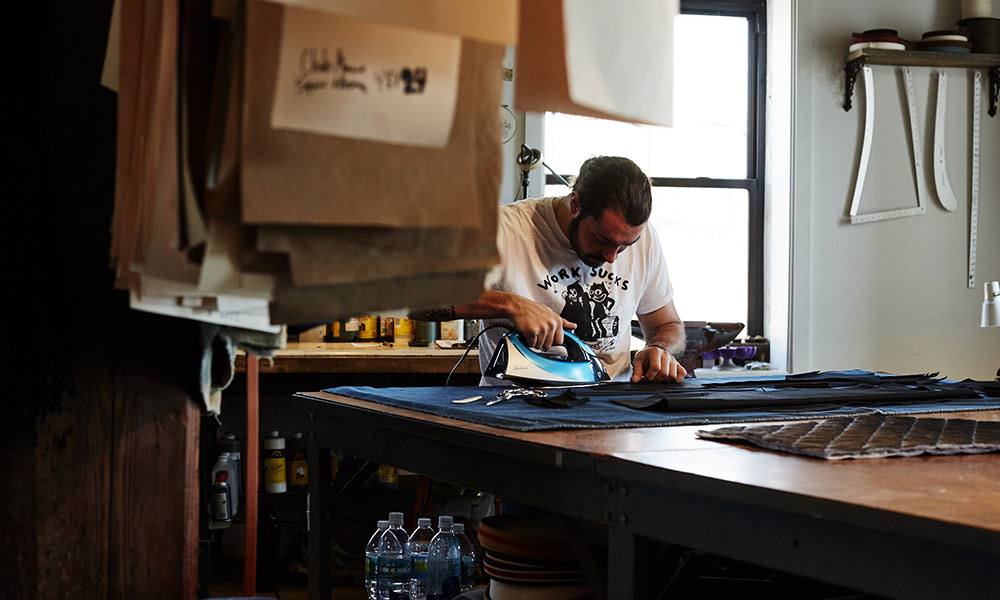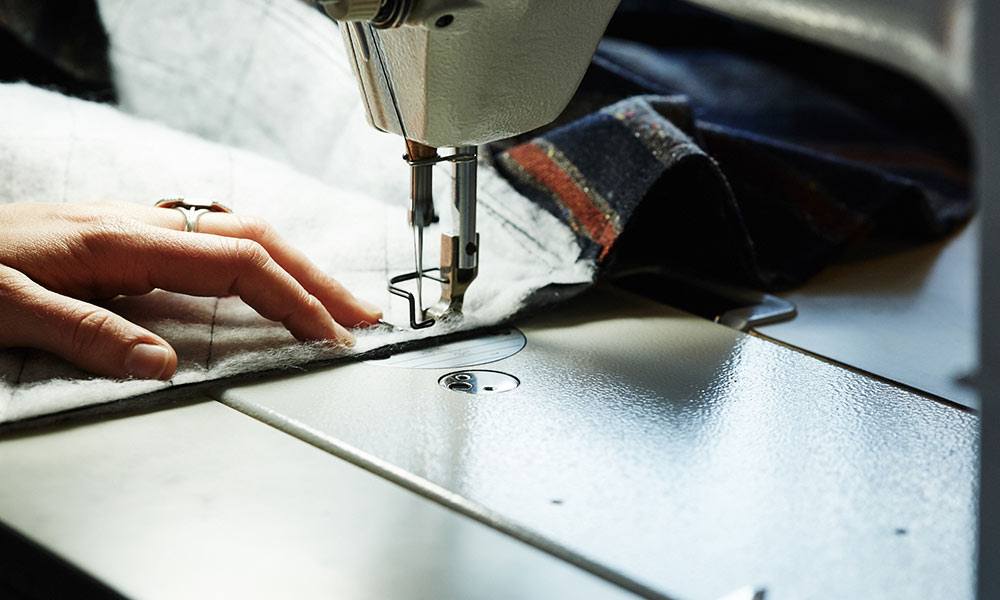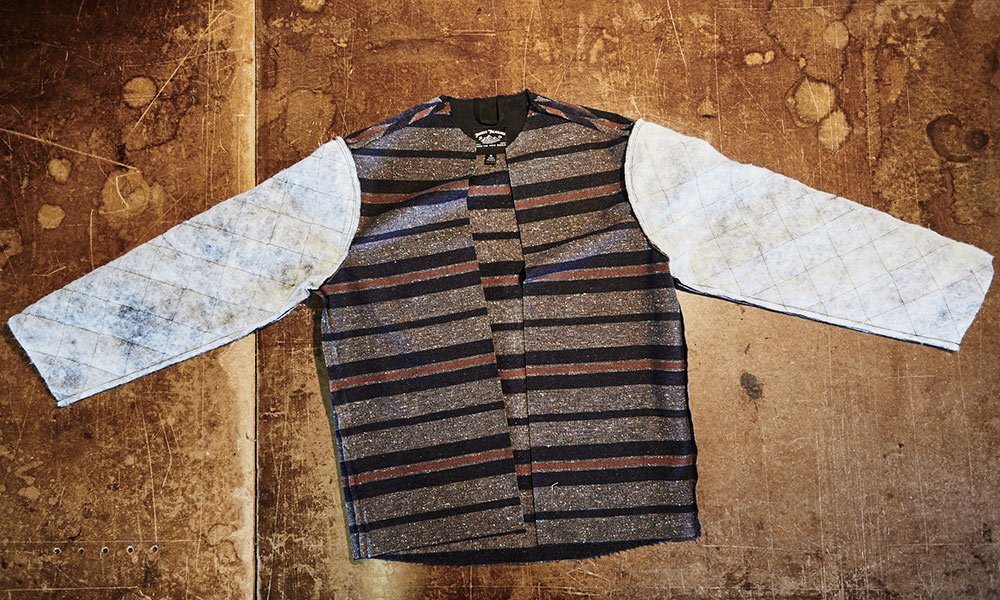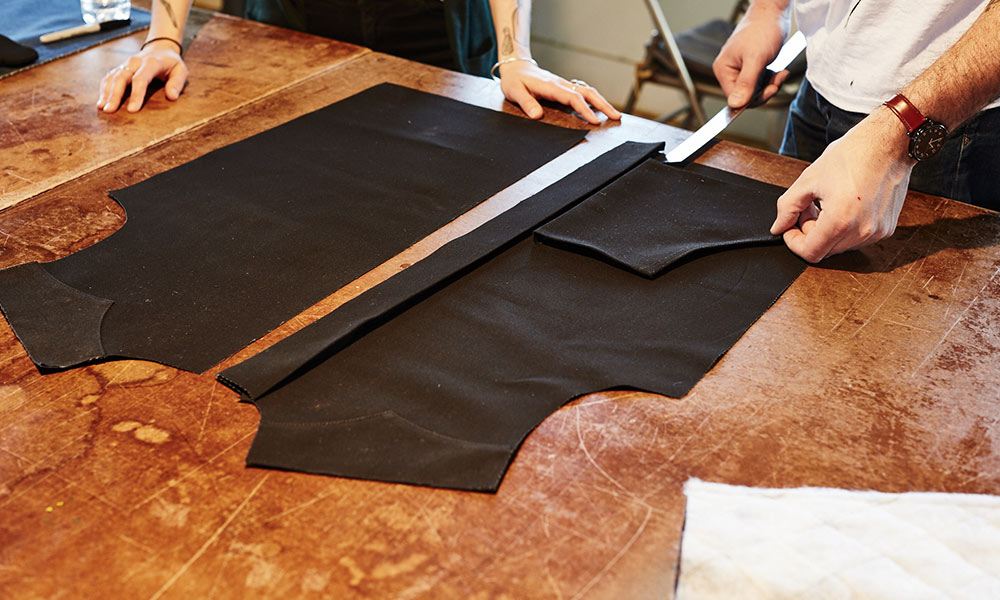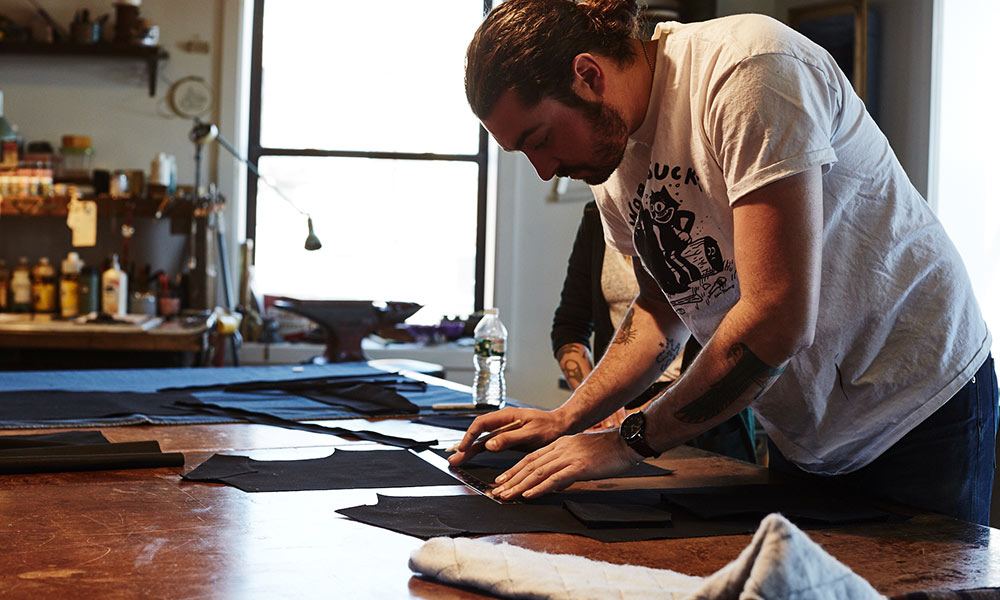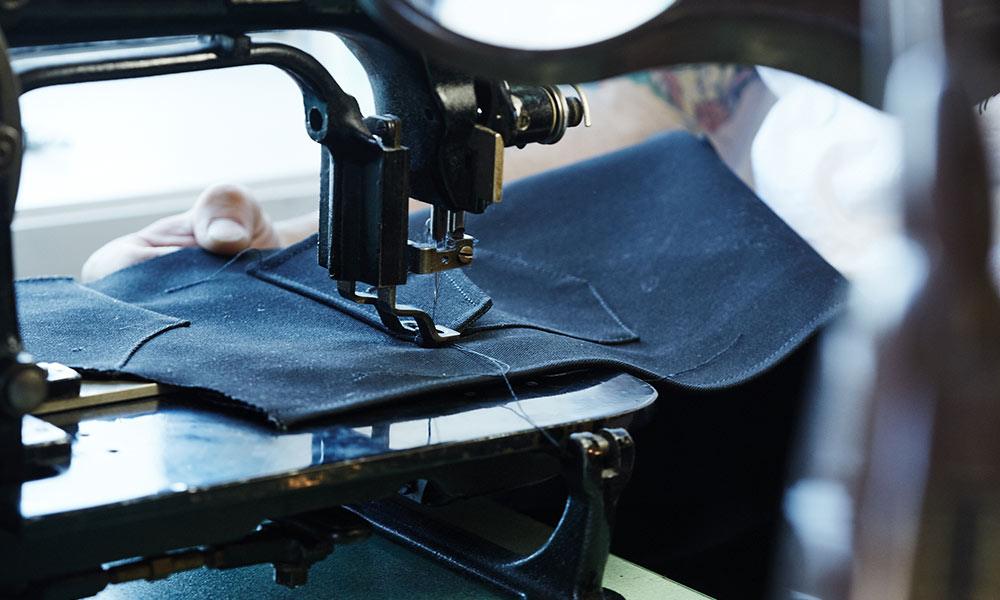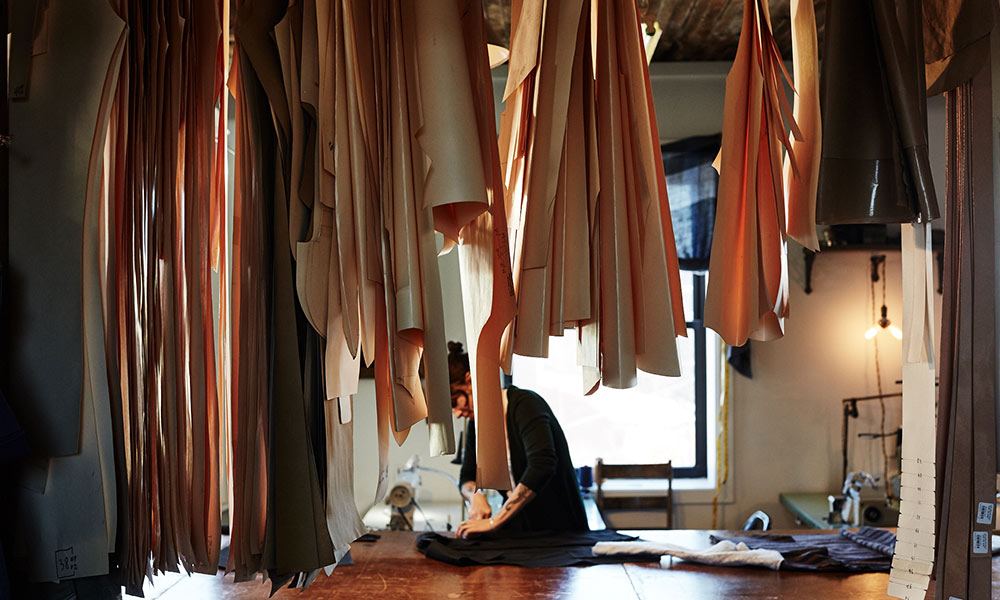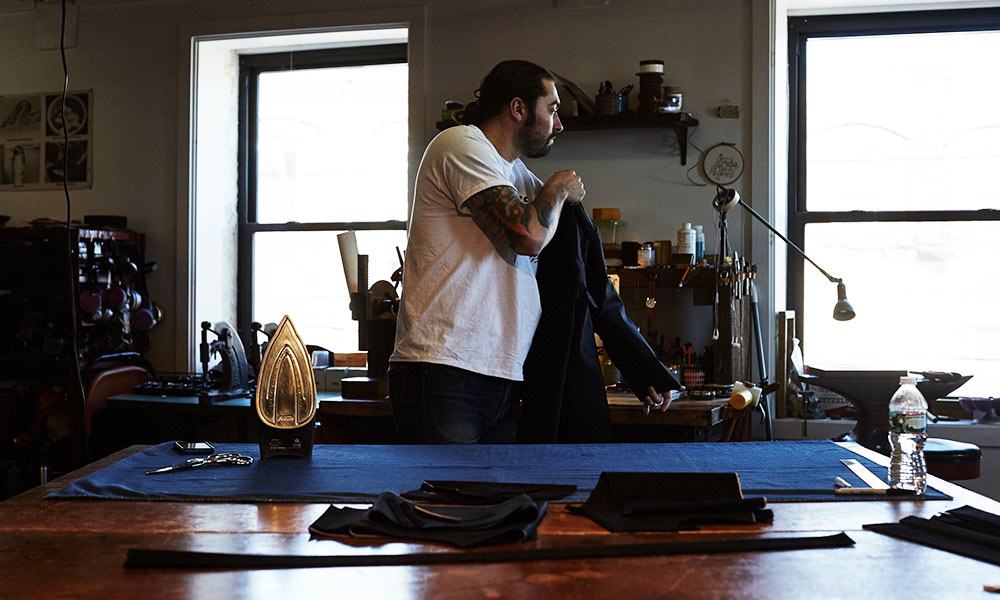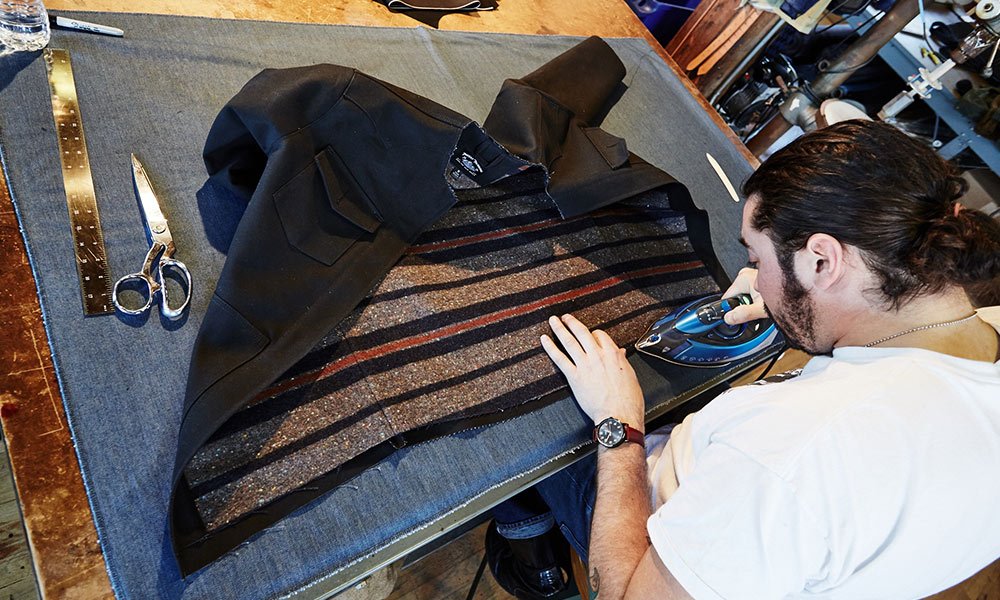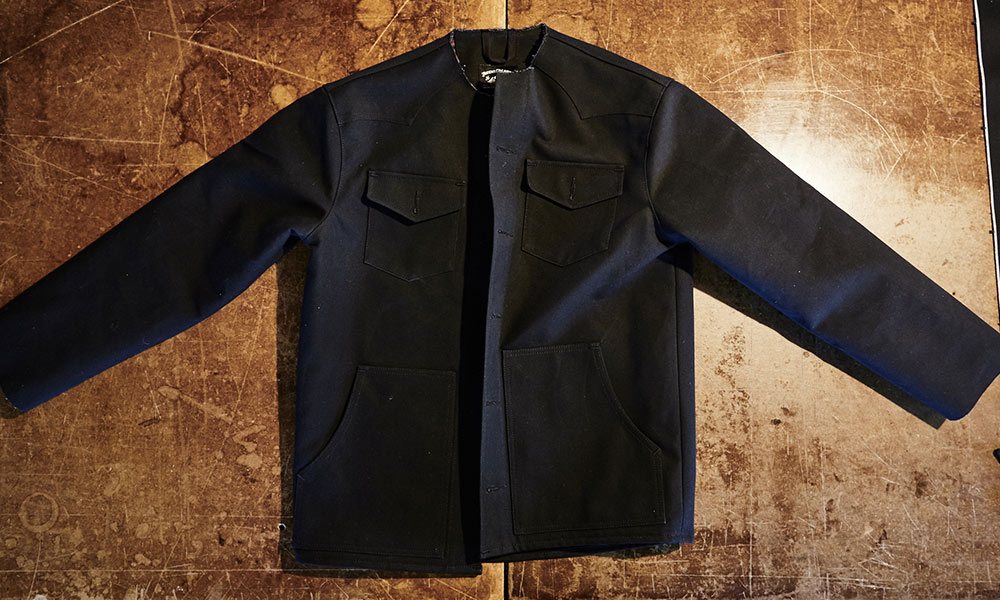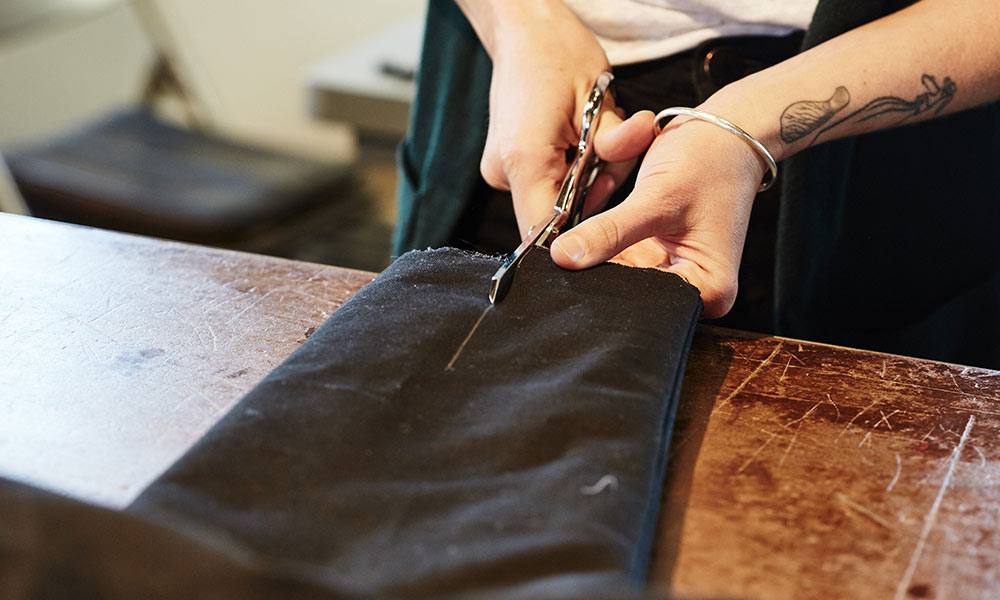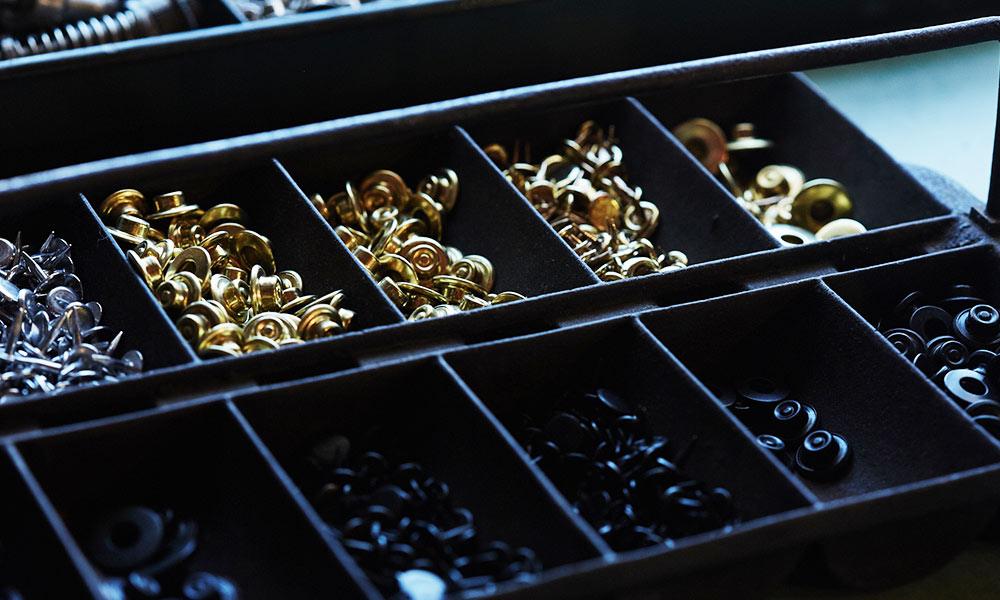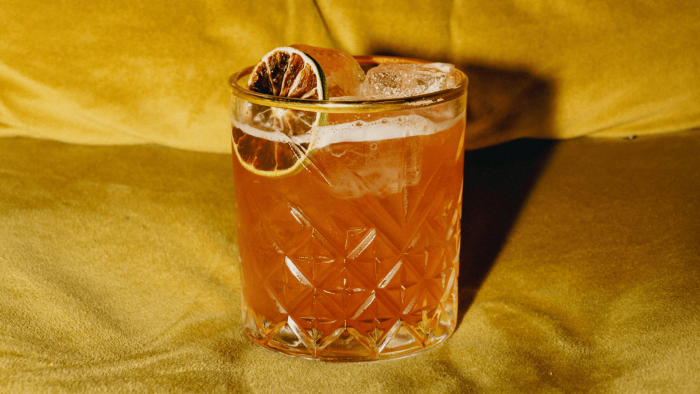The denim jacket was first crafted in the 1800s for miners, cowboys, and other men who didn’t mind coming home from work with dirt under their fingernails. And so it makes sense that one of the finest denim jackets we’ve ever come across is made in the blue-collar city of Philadelphia.
Norman Porter was started by Michael and David Stampler, two brothers from rural PA, with the goal of crafting jeans, jackets, and other goods that will stand the test of time. This meant doing things the old fashioned way, using the finest materials they could find, and pouring their hearts into every piece that would leave their doors.
We stopped by to see how the brothers go about making one of their standout jackets, and to hear a little about the brand, which should be squarely on your radar.

CM: How did the company get started?
DS: We always had a desire to start our own company and work for ourselves. Mike had been making clothing for himself for many years. With his skills and knowledge of sewing we decided to run with it and start Norman Porter.

CM: How long does it take you guys to make one denim jacket?
MS: From fabric on the roll to finished with hangtags, it takes about four hours.
CM: What does that process look like?
MS: Jackets have more pieces than a pair of pants, so cutting is actually a more significant part of the process for jackets. The nice part of a jacket is it requires less equipment than a pair of pants. You almost make two garments—the exterior and the interior—and when they are almost finished they are brought together and turned into one item with the finishing trim.
CM: What’s the trickiest part?
MS: Buttonholes. They happen late in the construction, and if they go wrong you could lose the whole item you’ve been working on.

CM: What do you think makes your jackets stand out from others?
MS: Our jacket was designed to be more like an overshirt, which is why it resembles such an item. The main difference is the bottom hand pockets and the liner. Each exterior fabric is matched to a unique interior wool liner and nylon sleeve liner. We tried to make something that didn’t fit the standard denim jacket or chore coat category.
CM: After someone buys one, how would you recommend caring for it?
MS: Wear it as you normally would. If it needs to be laundered, go about it the same way you would raw denim jeans—inside out in cold water and hang dry, or dry clean.

